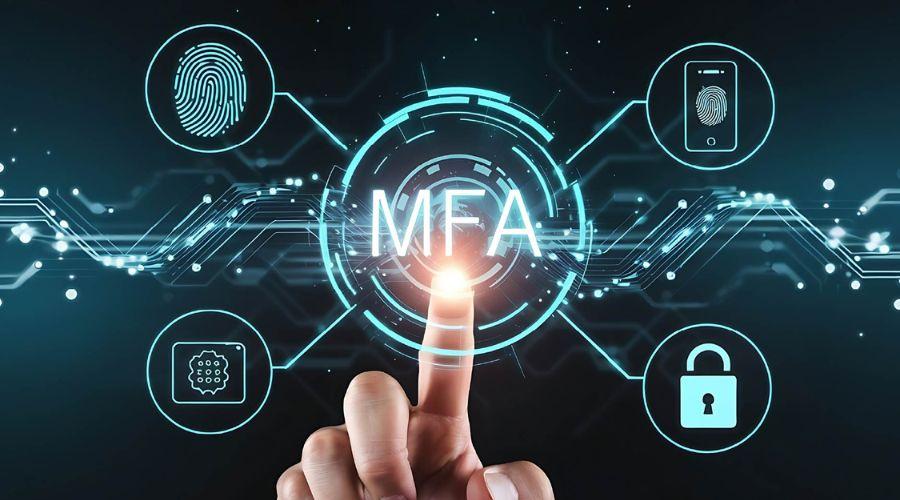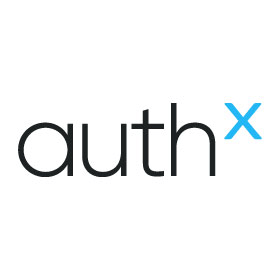Notifications

4 minutes, 16 seconds
-23 Views 0 Comments 0 Likes 0 Reviews

In today's digital era, software authentication is critical to securing applications, protecting sensitive data, and managing user access across diverse systems. As businesses move towards cloud-first environments and remote work models, robust authentication mechanisms are essential to safeguard against unauthorized access and data breaches. Key technologies driving secure authentication include Identity and Access Management (IAM) solutions and Multi-Factor Authentication (MFA) platforms.
Software authentication is the process of verifying the identity of users or systems before granting access to software applications or data. It ensures that only authorized individuals can perform specific operations within a system. Traditional methods like usernames and passwords are increasingly being replaced or supplemented by more advanced, secure methods such as biometrics, digital certificates, and token-based systems.
IAM is a comprehensive framework for managing digital identities and regulating user access to systems and data. IAM solutions enable organizations to control who can access what resources and under which conditions. These systems typically include tools for:
Authentication: Confirming user identity
Authorization: Granting appropriate levels of access
User provisioning/deprovisioning: Automating account creation and removal
Single Sign-On (SSO): Allowing users to log in once and gain access to multiple systems
Leading IAM solutions like Okta, Microsoft Entra ID (formerly Azure AD), Ping Identity, and Auth0 provide scalable platforms that integrate with cloud and on-premise applications. These tools also support compliance requirements, audit logging, and security policies such as role-based access control (RBAC) and least privilege access.
IAM is particularly beneficial for enterprises with complex IT environments, as it simplifies user management, improves productivity, and reduces the risk of insider threats.
MFA is a key component of modern authentication strategies. It requires users to provide two or more verification factors to gain access to a system—significantly reducing the likelihood of unauthorized access due to stolen credentials.
Typical MFA factors include:
Something you know – Password or PIN
Something you have – Smartphone, security token, or hardware key (e.g., YubiKey)
Something you are – Biometrics like fingerprints or facial recognition
Popular MFA platforms like Duo Security, Google Authenticator, Microsoft Authenticator, and Authy offer flexible implementation options, including SMS-based codes, push notifications, and biometric integrations. Some platforms also support adaptive authentication, which adjusts authentication requirements based on user behavior, device location, and risk level.
Combining IAM with MFA creates a powerful authentication architecture that ensures only the right users can access the right resources at the right time. For example, IAM handles account creation, role assignments, and policy enforcement, while MFA adds an extra layer of defense during the authentication process.
This layered approach is especially vital in regulated industries like finance, healthcare, and government, where security and compliance are paramount.
Software authentication is evolving rapidly to meet the demands of modern digital ecosystems. IAM solutions and MFA platforms form the backbone of secure identity management and access control. By implementing both, organizations can strengthen security, simplify user experiences, and protect valuable data in an increasingly complex threat landscape.

